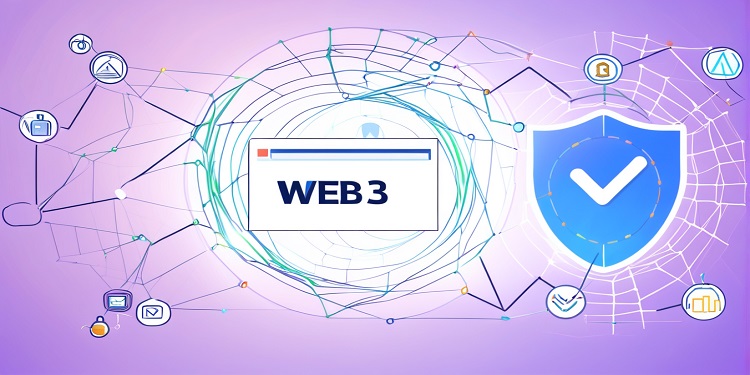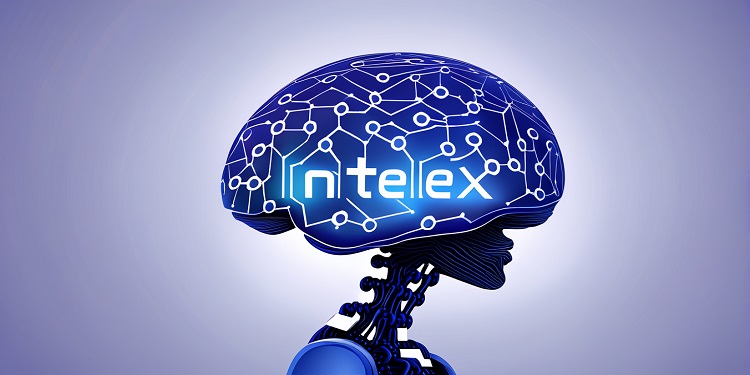Mastercard has unveiled plans to develop a blockchain-based Multi-Token Network (MTN) aimed at linking financial institutions with digital assets under a unified system. The initiative, led by the company’s Executive Vice President of Blockchain and Digital Assets, seeks to facilitate the seamless movement of digital assets across various markets while ensuring high security and efficiency.
The proposed network intends to offer a transaction experience comparable to widely used payment platforms such as Venmo or Zelle, which have significantly streamlined traditional banking transactions. By leveraging its extensive global payment infrastructure, Mastercard aims to bridge conventional financial systems with digital asset ecosystems, fostering smoother interactions between these financial domains.
Advancing Blockchain Adoption in Financial Services
As financial institutions increasingly explore blockchain applications, Mastercard is positioning itself as a key infrastructure provider in this space. The company’s approach focuses on integrating blockchain technology into traditional financial services while maintaining compliance with regulatory requirements. By doing so, Mastercard aims to simplify consumer engagement with blockchain-powered financial solutions and facilitate a more efficient transition for businesses adopting digital asset-based transactions.
To further its ambitions, the company has established partnerships with major financial institutions, including JPMorgan and Standard Chartered. These collaborations focus on utilizing blockchain for various use cases such as international payments, tokenized deposits, and carbon credit transactions. Through these industry alliances, Mastercard is reinforcing its role in shaping blockchain-driven financial operations.
Mastercard is building a blockchain ecosystem to rival its card payment network

– Developing a Multi-Token Network with banks like JPMorgan & Standard Chartered.
– Use cases: cross-border payments & deposit tokenization.
– Expanding crypto access for 3.5B cardholders.… pic.twitter.com/liQQx7hLH5— TradeDucky (@tradeducky) April 1, 2025
Enhancing Transaction Efficiency and Global Adoption
The Multi-Token Network will enable financial institutions to interact with digital assets while expediting processes such as cross-border payments, which typically require multiple days for completion. The company has already demonstrated progress in this area through its partnership with JPMorgan in November 2024, which aimed at enhancing the speed and reliability of cross-border transactions. These advancements align with Mastercard’s broader vision of constructing a more efficient and interconnected financial ecosystem.
In addition to improving institutional financial processes, Mastercard is actively working to expand consumer adoption of digital assets. The company operates over 100 crypto-focused card programs that serve a global base of more than 3.5 billion cardholders. By enabling seamless interactions between cryptocurrency and everyday transactions, Mastercard seeks to integrate digital assets into mainstream financial activities, allowing users to make payments and receive crypto rewards similarly to traditional cash transactions.
Institutional Tokenization and Blockchain Innovation
Mastercard continues to drive institutional tokenization efforts by developing blockchain-based solutions for money market and treasury funds. These assets are becoming increasingly accessible through blockchain, offering financial institutions new opportunities for digital asset management. In February 2025, the company entered into an agreement with Ondo Finance to facilitate the introduction of institutional financial assets onto blockchain networks, further accelerating the adoption of blockchain technology within the financial sector.
With its Multi-Token Network and ongoing partnerships, Mastercard is reinforcing its commitment to integrating blockchain with traditional finance, paving the way for a more connected and efficient financial landscape. By bridging digital assets with established financial frameworks, the company aims to enhance transaction speed, security, and accessibility on a global scale.










